In my Prism 6 WPF MVVM application I use the following PrismUserControl WPF for displaying of modal notification dialogs:
<UserControl x:Class="CommonWpfControlLibrary.NotificationDialogPopupView"
xmlns="http://schemas.microsoft.com/winfx/2006/xaml/presentation"
xmlns:x="http://schemas.microsoft.com/winfx/2006/xaml"
xmlns:mc="http://schemas.openxmlformats.org/markup-compatibility/2006"
xmlns:d="http://schemas.microsoft.com/expression/blend/2008"
xmlns:telerik="http://schemas.telerik.com/2008/xaml/presentation"
xmlns:prism="http://prismlibrary.com/"
prism:ViewModelLocator.AutoWireViewModel="True"
mc:Ignorable="d"
d:DesignHeight="300" d:DesignWidth="300" MaxHeight="300" MaxWidth="600">
<StackPanel Orientation="Vertical" Margin="20">
<TextBlock Text="{Binding Message}" TextWrapping="Wrap"/>
<telerik:RadButton Content="OK" Command="{Binding OnOkPressedCommand}" HorizontalAlignment="Center" Width="50" Margin="0 10 0 0"/>
</StackPanel>
</UserControl>
In the Views where I use this UserControl as a modal dialog content I define it as following:
<i:Interaction.Triggers>
<prism:InteractionRequestTrigger SourceObject="{Binding NotificationRequest, Mode=OneWay}">
<prism:PopupWindowAction IsModal="True" CenterOverAssociatedObject="True">
<prism:PopupWindowAction.WindowContent>
<commonControls:NotificationDialogPopupView/>
</prism:PopupWindowAction.WindowContent>
</prism:PopupWindowAction>
</prism:InteractionRequestTrigger>
</i:Interaction.Triggers>
When I activate the dialog it is displayed, for example, as the following:

But as you can see 'Minimize', 'Maximize' and 'Close' buttons are visible and enabled. And the system menu (activated in upper left corner of the dialog) is enabled too. How can I hide 'Minimize', 'Maximize' and 'Close' buttons and disable the system menu?